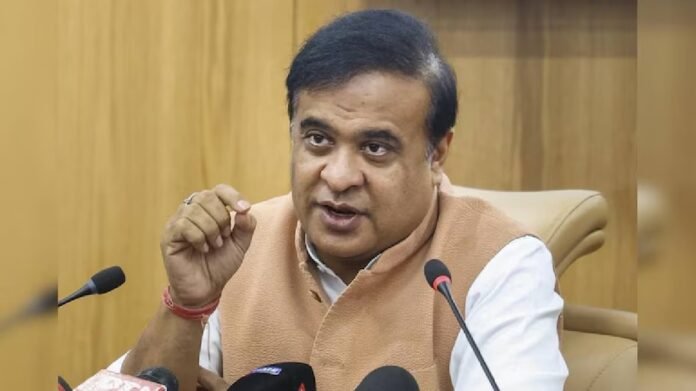A wave of excitement is sweeping through Assam as the state prepares to welcome back one of its most treasured creations — the Vrindavani Vastra. This centuries-old silk textile, woven in the 16th century under the spiritual guidance of saint and poet Srimanta Sankardev, is finally returning home after spending over 121 years in London’s British Museum.
Earlier this year, in late August, Chief Minister Himanta Biswa Sarma announced that the British Museum had, for the first time, agreed to lend the revered textile to Assam for a period of 18 months. This rare agreement came with a few conditions, but it marks a significant moment for India’s cultural heritage.
To make this historic return possible, the Government of Assam has partnered with the JSW Group to build a world-class heritage museum in Guwahati. Spread over 45,000 square feet at the Sericulture Farm in Khanapara, this museum will celebrate and preserve the region’s rich art, culture, and traditions. The land has been allotted by the state government, while JSW Group will fully fund and construct the facility.
The upcoming museum will not only house Assamese treasures but also serve as a centre for national and international artefacts, travelling exhibitions, and cultural exchanges. Equipped with advanced climate control and security systems, it will ensure the safekeeping of priceless pieces like the Vrindavani Vastra.
When the museum opens its doors, its very first exhibition will feature the Vrindavani Vastra — the sacred textile that beautifully depicts scenes from the Bhagavata and Mahabharata, especially moments from Lord Krishna’s youth. Woven by skilled Assamese weavers between 1567 and 1569, this masterpiece is more than just fabric; it is a vibrant tapestry of devotion, artistry, and history.
As Assam readies itself for this long-awaited homecoming, the return of the Vrindavani Vastra symbolizes not just the revival of a cultural gem, but also a reunion between heritage and homeland.



